
HumanitÉ Issue 21


HumanitÉ Issue 21

“Donotgowherethepathmaylead,goinsteadwhere there is no path and leave a trail.” — Ralph Waldo Emerson
Pioneers are those who challenge convention, venturing into the unknown to forge a path toward a stronger future. Progress is rarely fostered from comfort—instead, it demands risk, resilience, and a willingness to defy established norms and limits. Yet, with each bold step forward comes uncertainty and resistance.Thepathofapioneerisrarelysmooth,but itisvitalinshapingthefuture.
So, what does it truly mean to pioneer something new? Is it driven by courage, vision, necessity, or the refusal to accept restrictive boundaries? In this issue, we explore how new ideas, discoveries, and innovationsevolvethewaywelive,think,collaborate, andunderstandtheworldaroundus.
By Haeun (Regina) Kim
Layout by Haeun (Regina) Kim
In today’s day and age, artificial intelligenceiscontinuallyexpanding into new frontiers. One of the most widely debated fields is that of artificially generated art, or artworkrenderedbydigitalmodels that are trained off existing, human-made art. Specifically, many artists have raised concerns about the ethics of artificially generated art as these models both devalue human artwork and steal from human artists to stitch together a new artwork. More specifically,artificial
art generators often work by splicing together existing artworks without giving proper credit to those artists. This has sparked intense debate and criticism of such generators. Alternatively, others argue that it can create unique results that can support human artists as references or concepts. However, both the supporters and protesters of artificially generated artcanagreethatitisredefiningthe artisticasweknowit.
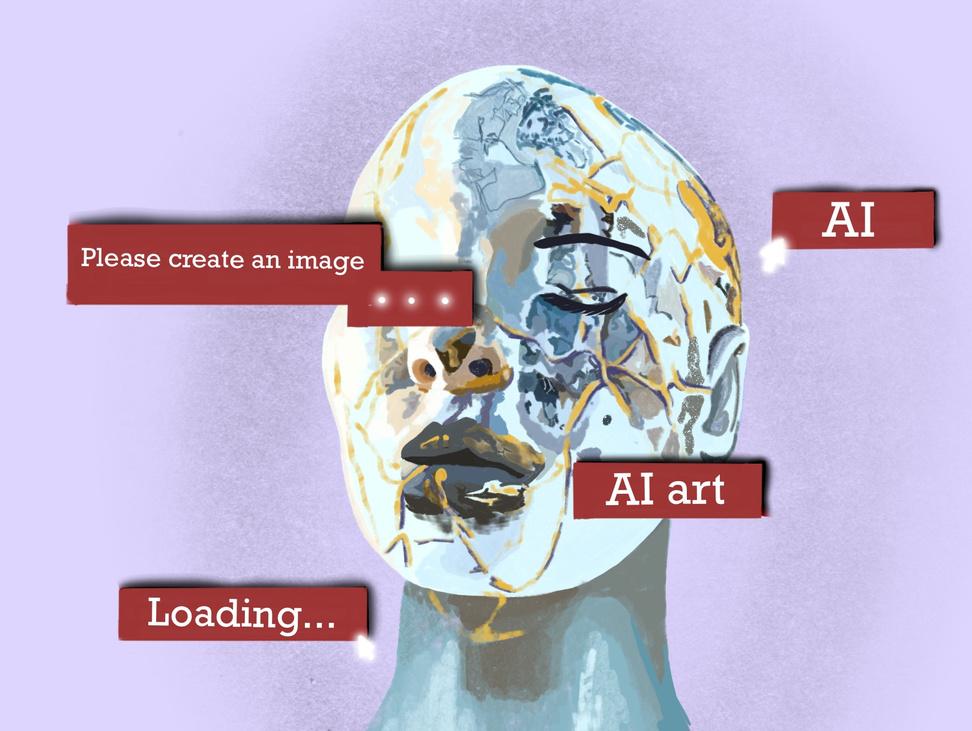
By Haeun (Regina) Kim
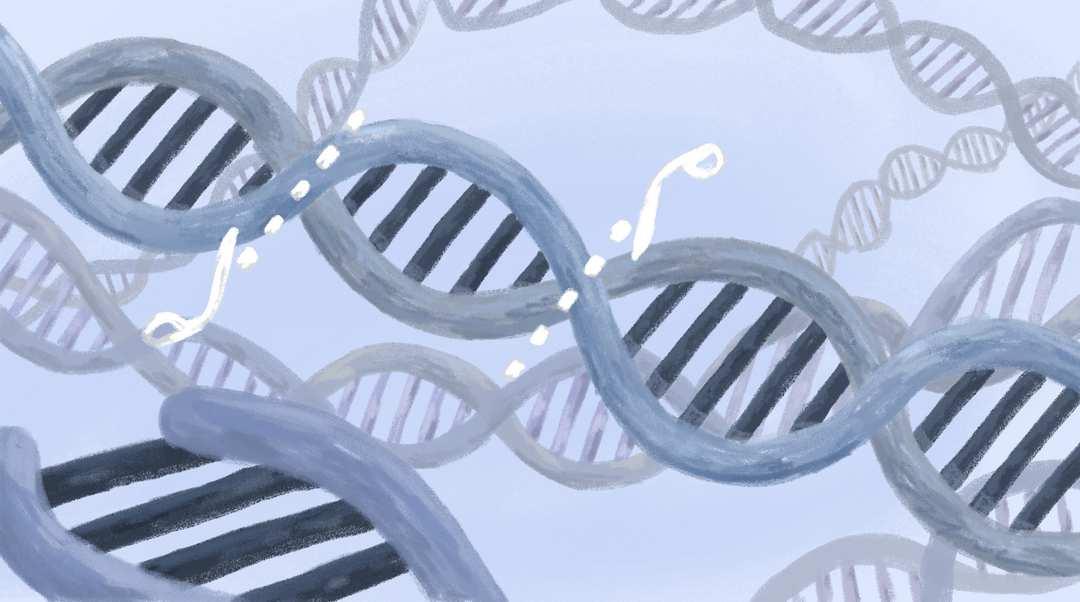
Cshort palindromic repeats—is a new technology that has the potential to revolutionize the scientific and genetic world. Scientists use CRISPR to modify select sections of the DNA of living organisms, including humans in clinical trials. This novel technology has been used to treat genetic diseases such as sickle cell anemia and even some types of cancer in lab settings. However, some have raised ethical concerns about the possible misuse of CRISPR in the future, including enhancement. The more fortunate may have access to such abilityenhancing procedures, allowing them to become stronger and smarter, while the less fortunate maynot.Somehavepointedtothe growing excitement about revolutionize
RISPR—otherwise known as clustered regularly interspaced i “designerbabies,”inwhichparents use CRISPR to alter and augment genetic traits of their children at the embryonic stage. This could redefine the world as we know it, enabling some to be born inherently “better,” or more likely toexcelinsociety.Inaddition,there are claims that utilizing CRISPR would be like “playing God,” interfering with the natural process of evolution. Alternatively, others champion its ability to open new doors in the genetic field, arguing that risk always comes with scientific advancements. The controversy around the use of CRISPR, despite its lack of use or accessibility to the wider public, cementsitsgroundbreakingstatus.

Writing & Layout by Zoe Chang
LivinginKoreainthepresentday, usingHangeul—theKoreanalp-
habet— is inevitable in day to day interactions.NotonlyisitNorthand SouthKorea’sofficialwritingsystem used by 75 million people, it is incredibly useful in phonetic translation of foreign words with unfamiliar pronunciation. However, this revolutionary writing system did not form out of nowhere, but throughstrifeandoppositionduring the Joseon era (1392-1910) by King Sejong.
In the early stages of Joseon’s establishment,Koreahadbeenusing Hanja, or Chinese characters, as a writing system for centuries, as having one allowed Koreans to chronicle historical events and record legal documents. Despite its usage for a long period of time, there were a few problems with Hanja: one, it was a logographic language where words represented anactionofaphenomenon,
hindering the ability to transcribe native Korean words while retaining their true meanings; two, the Chinese language contains more than 3000 characters and thus was immensely time consuming to learn. As a result, the ability to read and write was generally confined to upper class government officials that had the time to focus on scholarly endeavors, lowering Joseon’sliteracyrate.
Amid this social phenomenon, King Sejong noticed a problem: as commonersbecamereliantonthem to scribe their concerns, government officials often abused their power. In many cases, commoners were being disregarded by individuals who falsely reported on what actually occurred, as the peasantry was predominantly illiterate. Recognizing the commoners’ inability to voice their opinions, Sejong decided to create a writing systemthatwasmuchsimplerand
easier to learn and understand: Hangeul. The original system was phonetic, allowing the creation of words with sounds rather than individual sounds having meanings, consisting of 28 letters that were structured to represent land, humans, and the sky, and was distributed across Korea. It was presented as the Hoon Min Jung Eum, which roughly translates to “a writing system created to teach the people.”
However, opposition persisted within the government. Many asserted that the writing system was inferior to that of Hanja, claiming that Hanja was based on Confucian philosophy and also was used across many different cultures for centuries. For more practical reasons, many were afraid of triggeringMingChinawhomJoseon wasatributarystateto,asitcouldbe seen as an attempt to break free of Chinese influence. Despite the uproar, Sejong insisted on devising thenewwritingsystemwithafewof his secretaries and also his own son, GrandPrinceGeumsong.
Though it was not used widely among royals and aristocrats, Hangeul’s implementation in common society became successful. Not only did commoners have access to a new system of communication with the government,butaristocraticwomen werenowabletoexchangeinformal letters with each other—something that was difficult before during the useofHanja.

Written by Aiden Woojin Cho
Layout by Zoe Chang
Throughout history, exploration andpioneeringoftheunknown
National Geographic highlights that, “it killed an estimated 250,000 sea birds, 3,000 otters, 300 seals, 250 bald eagles and 22 killer whales,” forever changing the location’s contaminatedstate.
Looking ahead, Antarctica is threatened due to climate change and commercial exploration. Currently,Antarcticaisprotectedby the Antarctic treaty. However, as climate change melts the ice within the continent, institutions and nations will start to push explorations and searches to extract valuable minerals and resources. Overall, without the caution of preserving the wilderness we could easily destroy the fragility of the SouthPoleveryquickly. Although there are risks that come with exploration, it is still essential as it could help make scientific and medical breakthroughs. Rather than haltingexplorationasawhole,there mustberegulationsthatlimitthe places has ultimately crafted our understanding of the universe. It is human nature for civilizations to want to push boundaries and continue to explore the extreme. However, this stubborn pursuit of exploration leads to unprecedented consequences. Ultimately, this begs the question: to what extent should webeabletoexplore?
Exploration has often led to the damage of natural habitats and ecosystems. For example, the Exxon Valdez oil spill in 1989 was a search to extract oil from parts of Alaska. Thisexplorationledtoacatastrophe where the oil tank sank and collided withareef,spilling11milliongallons of oil into the Gulf of Alaska. The spill affected more than 1,300 miles of shoreline. Previously, Prince William Sound, a smaller body of water connected to the ocean, was a purebodyofwater.
intensity of it. The regulations should include protection for marine areas, strict environmental protections, and consent from Indigenous groups. For example, if countries and organizations were to explore Antarctica they would have tobedoingitundertheintentionof exploring and learning rather than gaining valuable resources. The collaboration of multiple countries would let exploration fulfill the check and balance of exploration prioritizing preservation over exploitation.
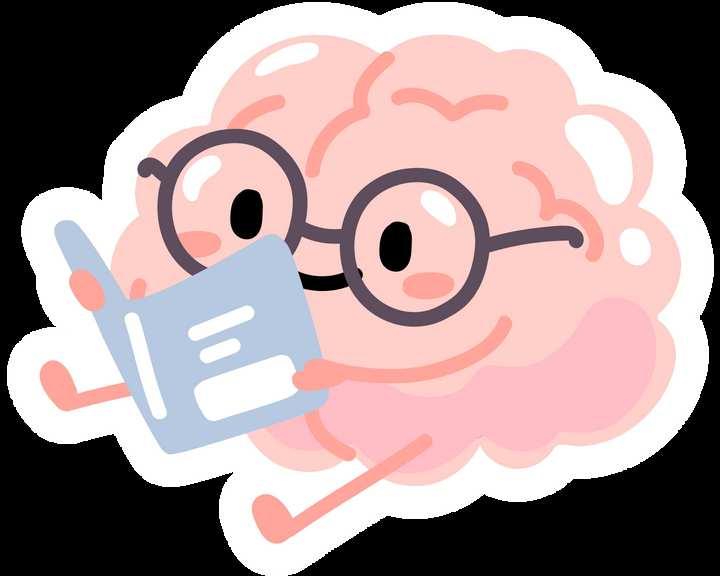
While human curiosity about the brain has persisted for a long time, it is only in recent decades that neuroscience has been explored in greater depth. Until the 19th century, scientists believed that once the brain reaches maturity, it becomes fixed and unchangeable—a view that made both recovery from brain injuries and lifelong learning seem nearly impossible. Today, groundbreaking discoveries of the human brain reveal that the brain is dynamic and adaptable, continuously reshaping itself in response to new experiences.
Early neurological pioneers interpreted that the brain's neurons were immutable once connections were made during development. Under this dominant theory in early neuroscience, brain injuries were often seen as irreversible, and treatments were generally limited to managing symptoms rather than restoring functions. Moreover, as it was believed that the ability to learn and adapt was lost after early development, lifelong learning programs or adult education initiatives were underdeveloped. Many of these false assumptions were broken after the groundbreaking discovery of neuroplasticity–the brain’s ability to change and adapt by forming new neural connections throughout life in response to new experiences, learning or injury.
Around the late 20th century, neuroplasticity emerged as a prominent concept through decades of research by multiple pioneers. Following an observation of the brain, Donald Hebb introduced his idea that “neurons fire together, wire together.” This concept suggested that repeated activation of neural circuits could strengthen synaptic connections—a theory that hinted at the brain’s ability to reorganize itself. In the late 1900s, Michael Merzenich’s research on adult monkeys provided definitive evidence for neuroplasticity. By controlling sensory input, —for instance, by blocking the brain's
rzenich ng
nerve impulse from one finger for a short time, —Merzenich and his team discovered that the brain area originally tasked with processing that input began to shrink as neighboring areas grew. This remapping of the cortex fully demonstrated that the adult brain can be reborn based on new or injured stimuli.
The discovery of neuroplasticity led to several studies that changed the mental image held about the human brain. For example, in subjects undergoing temporary blindness experiments, scientists observed that the parts of the brain used in hearing were activated more, which suggested that the brain is reallocating resources to enhance the remaining senses. Athletes who undergo repeated training exhibit stronger connections in brain regions associated with awareness and motor coordination, reflecting physical changes within the brain. Similarly, consistent practice has been shown to reshape brain matter, reinforcing neural pathways linked to movement and perception. This growing understanding of neuroplasticity has paved the way for targeted interventions aimed at enhancing recovery, learning, and performance.
Rehabilitation methods like constraint-induced movement therapy have given new hope to brain-damaged patients through the brain's reorganization. Learning strategies developed into lifelong learning and individualized cognitive training in order to maximize skills acquisition at all ages. Mental treatments such as mindfulness and cognitive-behavioral therapy now utilize the brain's plasticity to improve emotional well-being. These advances have allowed new technologies, emerging from virtual reality therapies and noninvasive brain stimulation, to keep opening the door to enhancing and restoring neural functioning. The re-pioneering of neuroscience, starting with the discovery of neuroplasticity has opened the door to neuroscience advancement that keeps redefining our brain and unlocking its potential for learning, healing, and growth.
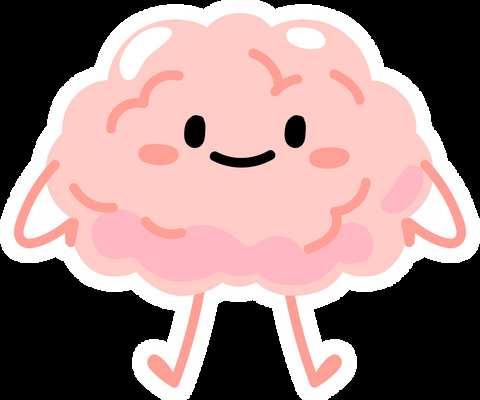
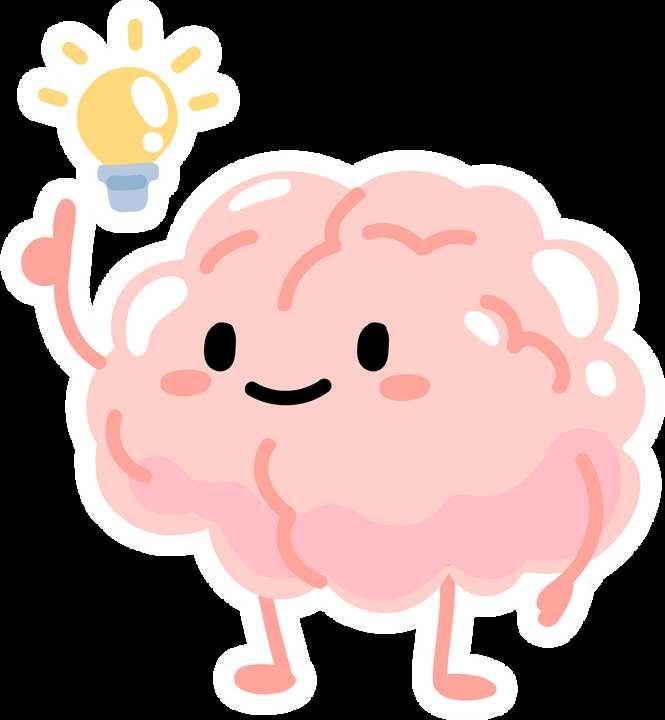
By: Claire Baek
Layout By: Charlotte
Kim
A large portion of human society can’t function without a computer. Everything from business management, environmental regulation in agriculture, to search engines, all depend on the existence of the computer. In fact, it has become so intertwined with the fabric of our society that imagining a world without it becomes impossible. Surprisingly though, Artificial Intelligence–specifically, a computer’s ability to reason to solve a problem— is a rather recent innovation, the idea first introduced in 1950 and later developed in 1956. Alan Turing, the “Father of Artificial Intelligence,” ultimately left an undeniable mark on the world, forever changing the course of history.
Alan Turing’s childhood was marked by both brilliance and isolation. He was born on June 23, 1912, in Maida Vale to Julius Turing and Ethel Turing. As a child, Turing became fascinated with puzzles, numbers, and patterns, later developing interest towards mathematics and science, although his formal education didn't always suit him. Turing attended St. Michael's, a small private school, and later moved to Sherborne School at the age of 13. Although he suffered from a lack of understanding from his teachers and social isolation, he found solace in his academic pursuits. Turing excelled in science and mathematics, and was particularly captivated by the works of great thinkers such as Albert Einstein’s The Theory of Relativity, which introduces the effect of gravity on the curvature of spacetime, and Charles Darwin’s On the Origin of Species, explaining the natural selection and evolution based on competitive survival. Turing’s early interest in solving omplex problems eventually led him to the idea of machines that could compute and solve mathematical problems.

Later in life, Turing would bring about this idea to reality. He developed the idea of the Turing machine—a theoretical machine that makes any problem “computable.” Two lines of input code are put into the machine: the code that determines the correct solution, and a problem to be determined. As long as a computer had the right code, it could simulate and solve any problem. He later put his ideas to the test when helping the Allies in World War II. The German military used the Enigma Machine to code their messages, which created seemingly undecipherable codes. Turing managed to decode the messages with an algorithmic approach by having the machine use patterns from previous messages to decipher newer codes. Ultimately, this gave the Allies an intellectual advantage, shortening the war and saving lives potentially lost.
Twenty years after the breakthrough, Alan Turing was forced to take organo-therapy for a year when his sexuality was revealed. Turing later died due to cyanide poisoning on June 7, 1954, with a half-eaten apple in hand. Although people initially believed that societal pressure, along with the intake of drugs, led to him committing suicide; however, further investigation reveals otherwise. His relatively cheery attitude regarding the therapy and testaments from friends indicate his mentality wasn’t in a state of deterioration. Therefore, some suspect Turing died from a chemical accident during one of his experiments, rather than suicide. Despite Turing’s controversial death, he nonetheless saved millions of lives through his experiments and studies.
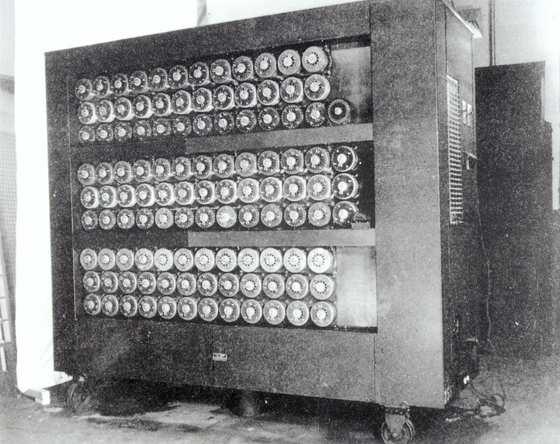
By:AustinChung
LayoutBy:CharlotteKim
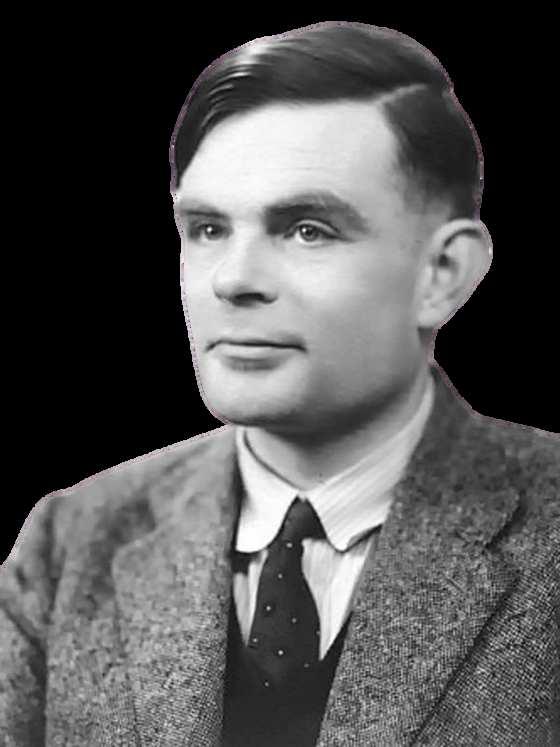


President: Grace Lee
Vice President: Yeonjae Kim
Copy Editors: Charlotte Kim, Russell Jin
Art Editor: Haeun (Regina) Kim
Claire Baek
Zoe Chang
Woojin Cho
Austin Chung
Zoe Chang
Charlotte Kim
Haeun (Regina) Kim
